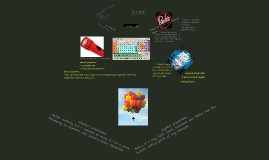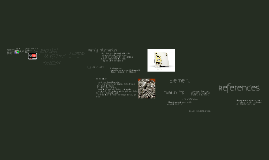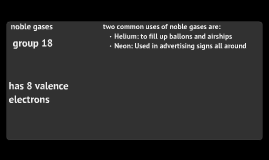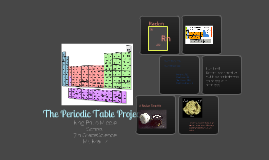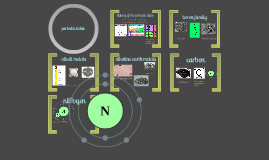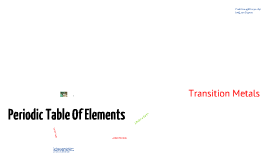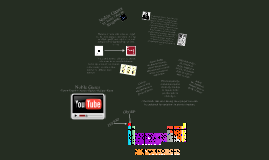Periodic Table Powerpoint Project
Transcript: You May Find This In Toxis Like Maybe Foe Example Rat Posioning, and Insecticides. DeFine Isotopes : are different types of atoms (nuclides) of the same chemical element, each having a different number of neutrons Anion are negative ions Mordern Periodic Table Element Electonegativity is a chemical property that describes the ability of an atom or, more rarely, a functional group to attract electrons or electron density towards itself. Thallium (Ti) Cation Metallic atoms hold some of their electrons relatively loosely, and as a result, they tend to lose electrons and form. A low-abundance element in both the solar system and the Earth's crust, boron is concentrated on Earth by the water-solubility of its more common naturally-occurring compounds, the borate minerals. It is Not Use in Anything Industry. DeAunte Long 2nd Hour Boron Group Boron (B) The Difference Bewtween Group & Period ? A group is also called a family, and runs in columns. All the elements in a group share the same characteristics. For example, Group 18: The Noble Gases, do not react with any other elements. Elements in a period however, do not share the same characteristics. Periods run in rows. There are 7 periods and 18 groups The Elements Are semi-metal Boron (B) and metals Aluminum (Al), Gallium (Ga), Indium (In), and Thallium (Tl). Thallium Atomic Number is 81 and the Mass Number is 204.383. It Is Also Metal. Atomic Radius is a measure of the size of its atoms, usually the mean or typical distance from the nucleus to the boundary of the surrounding cloud of electrons Ionization energy is is the minimal energy required to remove (to infinity) an electron from the atom or molecule isolated in free space and in its ground electronic state All My Information amd Sites I went to Was Wikipedia, and Also Google Picture. And Chemical Resoures,com Family Information The History Over The Periodic Table Of Elements Started Reflects Over A century Of Growth in the Understanding Of Chemical properties and culminates with the publication of the first actual periodic table by Dmitri Mendeleev in 1869. History Boron Family (13) - do not occur elementally in nature - are scarce in nature (except aluminum, which is the most abundant metallic element) - have three valence electrons - are metallic (except boron, which is a solid metalloid) - are soft and have low melting points (except boron, which is hard and has a high melting point) - are chemically reactive at moderate temperatures (except boron) The Periodic Table Is Arranged By Atomic Numbers. They Are Positioned into vertical columns (Groups) and horizontal rows (Periods) to display these commonalities. Atomic Number Tells Me How Many Protons Are in A Atom. Mass Number Tells Me how many protons and neutrons in its atoms. References Boron Group






